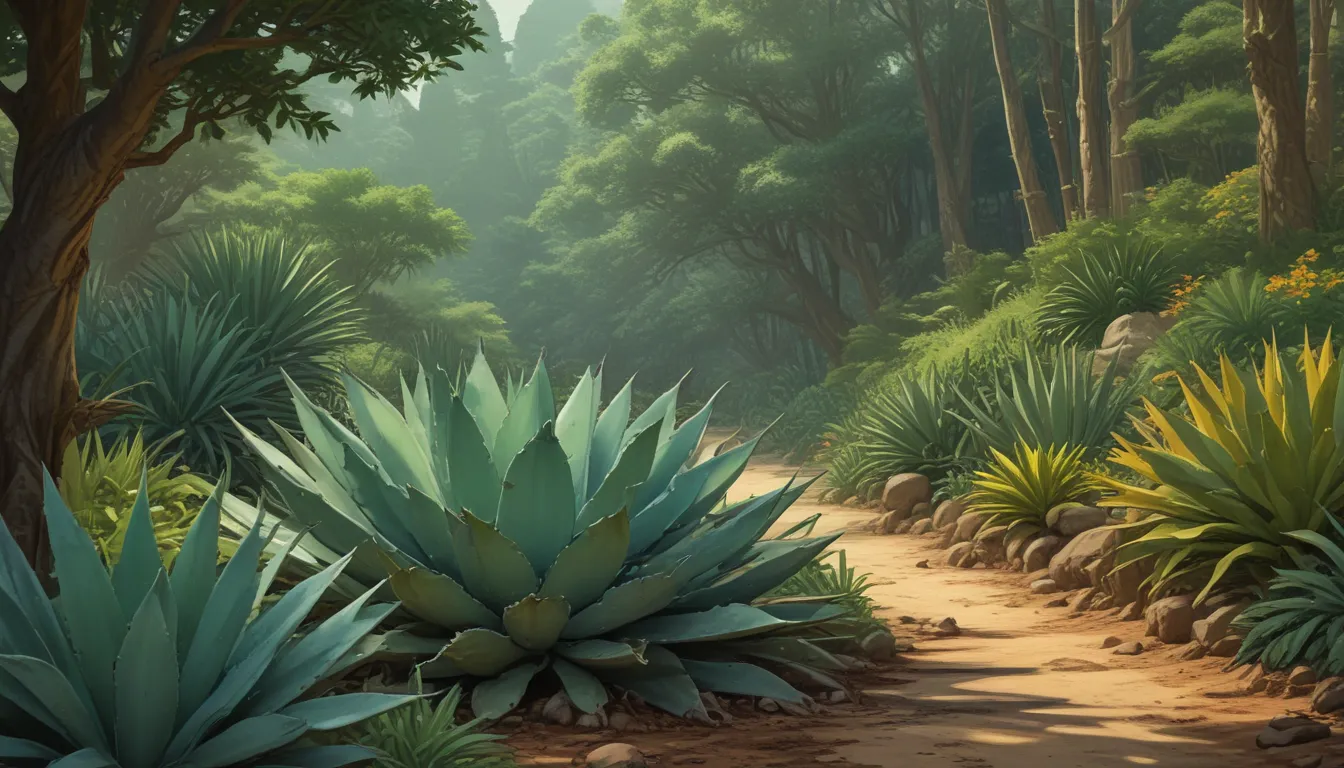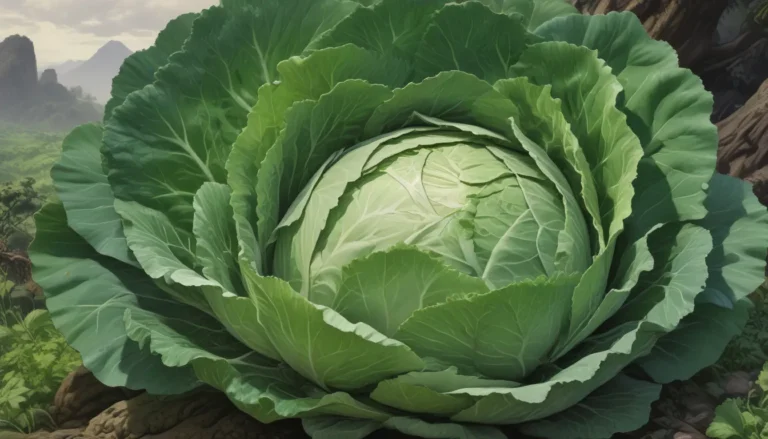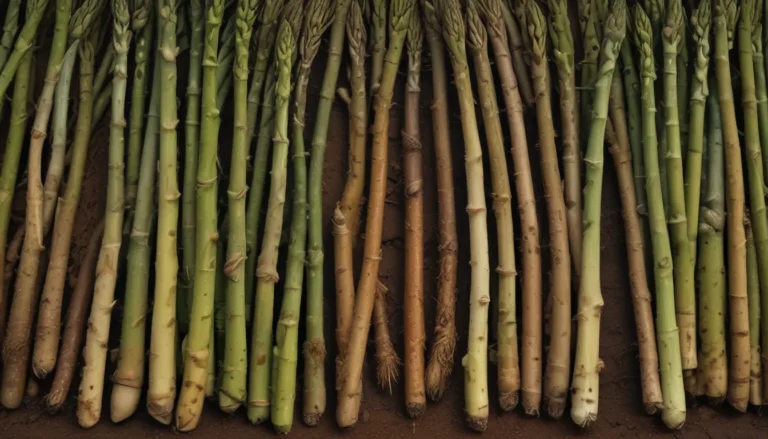A Comprehensive Guide to Identifying and Using Agave and Aloe Plants

Agave and aloe are two popular succulent plants that may appear similar at first glance, but they belong to different plant families. In this article, we will delve into the distinctive characteristics of agave and aloe, highlighting their differences and best uses. Whether you are a seasoned gardener or just starting out with succulents, this guide will help you distinguish between these plants and maximize their potential in your garden.
What You’ll Learn
- How to Identify Agave
- How to Identify Aloe
- Key Differences Between Agave and Aloe
- Best Practices for Using Agave and Aloe in Your Garden
Identifying Agave
Agave plants are known for their rosette-forming growth habit and colorful foliage. With approximately 250 species in the genus, agaves offer a wide range of options for ornamental and practical purposes. Commonly cultivated varieties include A. americana, A. attenuata, and A. tequilana.
These short-stemmed succulents feature fleshy leaves that come in various shades of green, blue, and silver. Some agave species also exhibit variegation with cream and yellow tones. The leaves are typically long and toothed, with some exceptions like A. attenuata, which has smooth edges and a distinctive curved inflorescence shape.
Agave plants can vary in size, with some reaching heights of up to 20 feet and others staying more compact. They produce striking flowers on tall stalks in spring and summer, attracting pollinators with their nectar-filled blooms. Despite their ephemeral nature, agaves propagate through offsets that continue to grow and fill out the space.
Identifying Aloe
Aloe plants are renowned for their gel-like sap and medicinal properties. With nearly 600 species in the genus, aloes come in a wide array of shapes and sizes. Aloe vera, in particular, is prized for its healing gel extracted from its leaves.
Most aloe species have thick, fleshy leaves that contain a soothing gel. While green leaves are a common trait, some aloes like A. cameronii exhibit reddish foliage. The leaves may feature toothed margins and form rosettes or fan patterns, depending on the variety.
Aloe plants come in various sizes, with some species growing up to towering heights reminiscent of trees. The tree aloe (Aloe barberae) can reach up to 60 feet in height, making a dramatic statement in the landscape. Aloe plants bloom once a year with cone-shaped inflorescences in vibrant shades of yellow, orange, and red.
Notable Differences Between These Plants
When comparing agave and aloe plants, several key differences stand out:
- Agave plants are generally larger than aloe plants, although there are exceptions.
- Agave plants have a longer lifespan and flower only once, whereas aloe plants bloom annually.
- Aloe leaves contain gel-like sap, while agave leaves are fibrous and sharp.
- Agave leaves have pointed tips and sharper edges compared to the softer foliage of aloe plants.
Best Uses
Both agave and aloe plants are excellent choices for drought-tolerant landscapes and xeriscaping designs. Their versatility and visual appeal make them popular options for water-wise gardeners. By planting them together, you can create stunning displays that attract pollinators and thrive in arid conditions.
If you’re looking for design inspiration, consider pairing agave and aloe in your garden borders or containers. Their shared cultural requirements make them easy to care for and a charming addition to any outdoor space. Whether you’re a beginner or an experienced gardener, these succulents offer endless possibilities for creative plant combinations.
In addition to their ornamental value, agaves and aloes have practical applications in food and medicine. Aloe vera, in particular, is a top-selling herbal supplement known for its healing properties. Agave plants play a crucial role in producing tequila and mezcal, traditional spirits from Mexico crafted with precision and care.
Get Growing with Succulents
Succulents, including agave and aloe, are prized for their resilience and low-maintenance requirements. Whether you’re starting a succulent garden or expanding your collection, these plants offer a wealth of benefits for gardeners of all skill levels. By learning to differentiate between agave and aloe, you can make informed choices about which species to cultivate in your garden.
To dive deeper into the world of cacti and succulents, explore our recommended articles for expert tips and inspiration:
- How to Grow Succulents Outdoors in the Garden
- 35 of the Best Hanging and Trailing Succulents and Cacti
- 11 Easy-Care Exotic Succulents to Grow at Home
Ready to start your succulent journey? Share your planting plans and experiences in the comments below. Whether you’re a succulent enthusiast or a curious beginner, there’s always more to learn and discover in the captivating world of agave and aloe plants.
Remember, sustainable gardening practices and water-wise landscaping are key to preserving our environment and creating beautiful outdoor spaces. By incorporating agave and aloe into your garden designs, you can enjoy the beauty of these versatile succulents while conserving water and supporting biodiversity.
Let’s grow together and cultivate a thriving garden filled with agaves, aloes, and other succulent wonders. Happy gardening!





